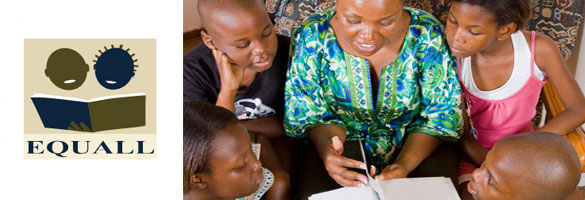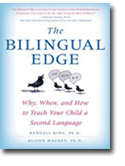Expanding educational opportunities in Ghana: bilingualism and biliteracy for young learners
Biliteracy Curriculum
According to Ghana’s National Education Assessment, in 2007 only 27.69 percent of the students sampled attained proficiency in reading English by sixth grade (USAID, 2009). The low percent of students reaching proficiency suggests that learning to read in English is difficult. As a remedy, the Ghana Education Service has developed a biliteracy program for the five classes of early primary school.
The National Reading Acceleration Program—NALAP—is being introduced in all of Ghana’s primary schools. Children learn how to read in one of the 11 Ghanaian languages approved for schooling. As they learn to read a Ghanaian language, children also begin learning oral English, Ghana’s official language, using the communicative approach. By Primary 2, when children have acquired reading skills and basic oral English proficiency, they begin learning to read English. The expectation is that by Primary 4, when instruction is all in English, children will be bilingual and biliterate.
For more information, view the components of the biliteracy curriculum:
Reference
USAID (2009). Basic Education Quality in Ghana. Basic Education in Ghana: Progress and Problems. Retrieved 02/02/10 http://dec.usaid.gov/index.cfm?p=search
.getCitation&rec_no=158137



